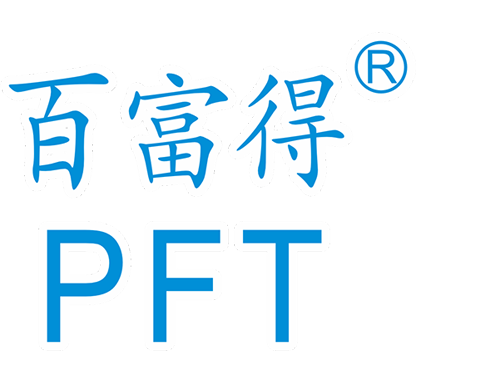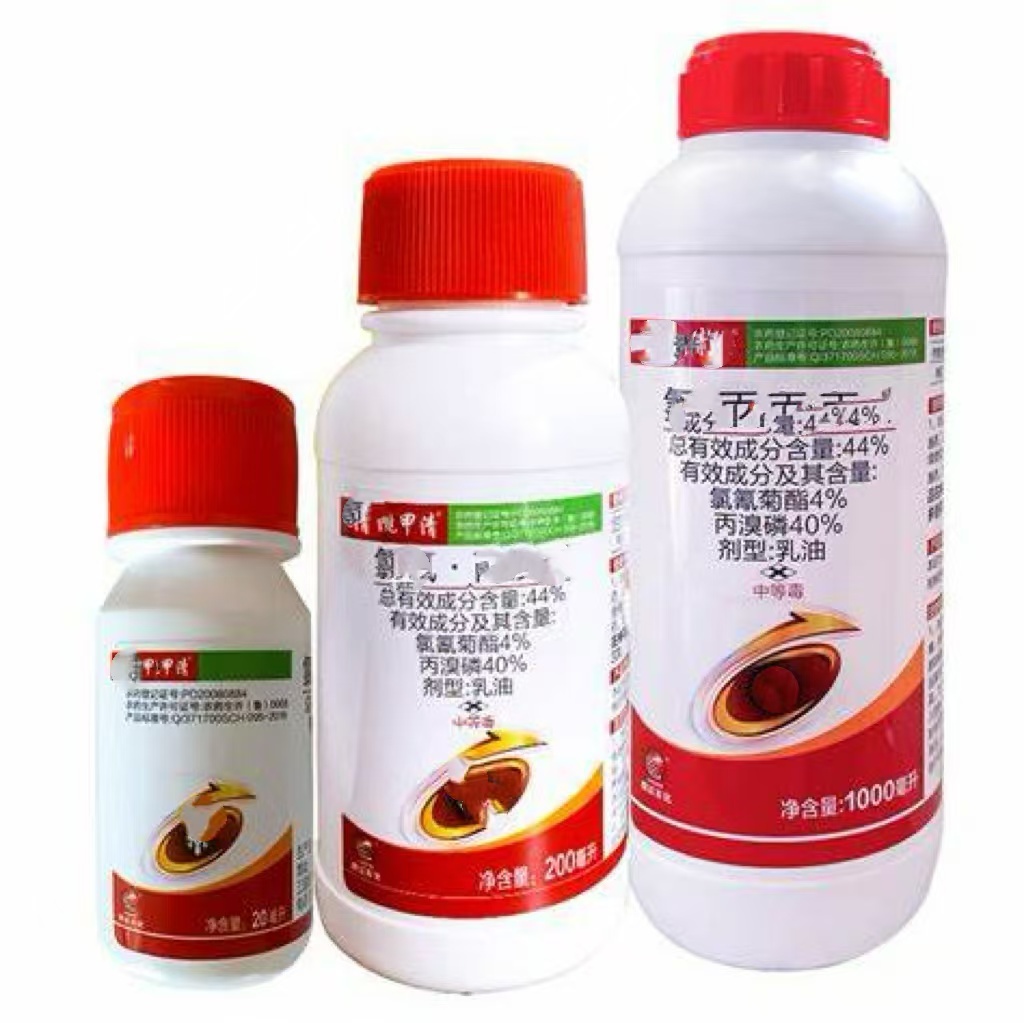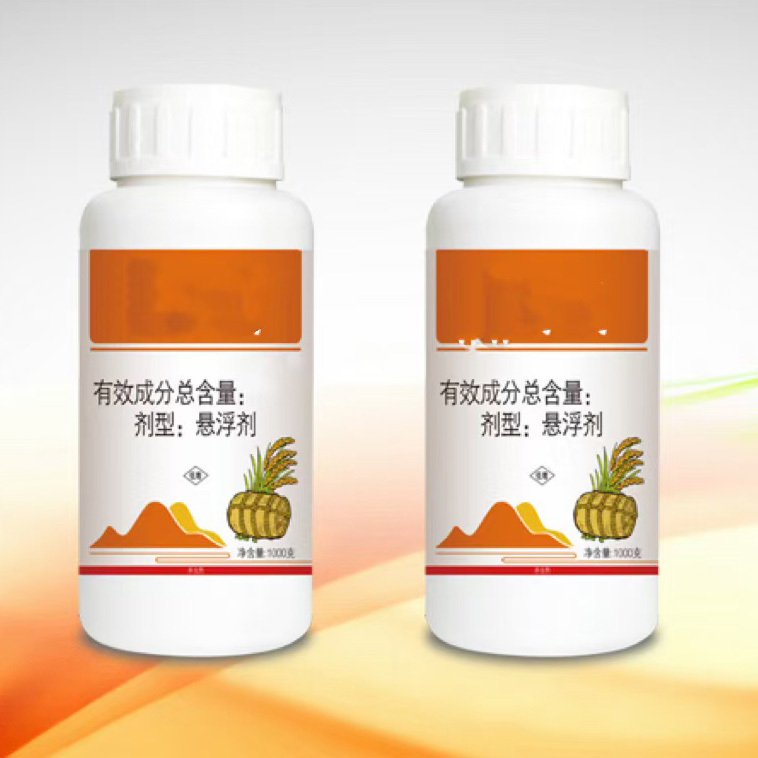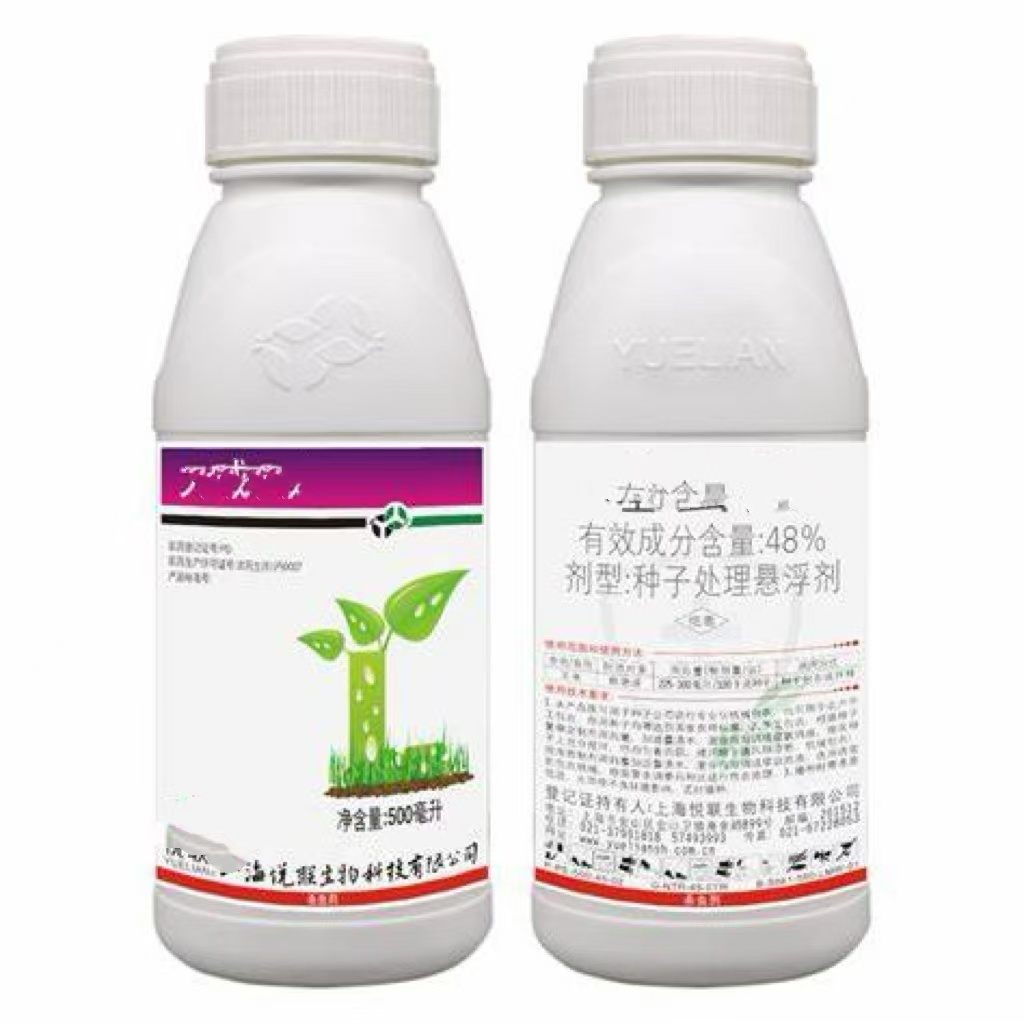Maximizing Crop Yields with Effective Plant Growth Regulators: A Comprehensive Guide
Time
2025-07-14
Maximizing Crop Yields with Effective Plant Growth Regulators Table of Contents 1. Introduction to Plant Growth Regulators 2. What Are Plant Growth Regulators? 3. Types of Plant Growth Regulators 3.1 Auxins 3.2 Gibberellins 3.3 Cytokinins 3.4 Abscisic Acid 3.5 Ethylene 4. Benefits of Using Plant Growth Regulators 5. Application Techniques for M
Maximizing Crop Yields with Effective Plant Growth Regulators
Table of Contents
- 1. Introduction to Plant Growth Regulators
- 2. What Are Plant Growth Regulators?
- 3. Types of Plant Growth Regulators
- 4. Benefits of Using Plant Growth Regulators
- 5. Application Techniques for Maximum Effectiveness
- 6. Potential Risks and Considerations
- 7. Case Studies: Successful Implementation of PGRs
- 8. Frequently Asked Questions
- 9. Conclusion
1. Introduction to Plant Growth Regulators
In the ever-evolving field of agriculture, the quest for higher crop yields is paramount. **Plant Growth Regulators** (PGRs) have emerged as vital tools that aid farmers in achieving this goal. By manipulating plant physiological processes, PGRs enhance growth, increase productivity, and improve overall plant health. This article provides an extensive examination of PGRs, outlining their types, benefits, application methods, and real-world cases showcasing their effectiveness.
2. What Are Plant Growth Regulators?
Plant Growth Regulators are organic compounds that influence various plant functions, such as growth, development, and physiological responses. Unlike traditional fertilizers, which provide essential nutrients, PGRs modify the physiological traits of plants, resulting in improved yield and quality. These compounds can be natural or synthetic, and their application can vary significantly based on the specific goals of the grower.
3. Types of Plant Growth Regulators
The classification of PGRs can be broadly divided into several categories based on their chemical structure and the physiological processes they influence.
3.1 Auxins
Auxins primarily regulate cell elongation and differentiation. They promote root formation, fruit development, and apical dominance, where the main stem grows more robustly than its lateral branches. Auxins play a crucial role in phototropism, allowing plants to grow towards light.
3.2 Gibberellins
Gibberellins are essential for stem elongation and seed germination. They help break dormancy in seeds, allowing for a synchronized germination process. The application of gibberellins can lead to increased fruit size and yield.
3.3 Cytokinins
Cytokinins promote cell division and are crucial in delaying leaf senescence. They enhance nutrient mobilization and improve the overall vitality of plants. The use of cytokinins can lead to increased yield and improved quality of crops.
3.4 Abscisic Acid
Abscisic Acid is primarily involved in stress responses, particularly drought and salinity. It regulates stomatal closure, helping plants conserve water during adverse conditions. Understanding its role can aid in developing more resilient crops.
3.5 Ethylene
Ethylene is a gaseous hormone that regulates fruit ripening and senescence. It plays a critical role in the production of certain crops, influencing their storage life and marketability.
4. Benefits of Using Plant Growth Regulators
The strategic use of PGRs offers an array of **benefits** for modern agriculture:
- **Increased Crop Yields:** PGRs enhance growth rates and the overall yield of crops, making them indispensable for farmers aiming for higher productivity.
- **Improved Crop Quality:** By regulating growth processes, PGRs can enhance fruit size, color, and flavor, resulting in higher marketability.
- **Efficient Resource Use:** PGRs allow for better nutrient and water utilization, reducing the need for excessive inputs and promoting sustainability.
- **Stress Tolerance:** Certain PGRs can enhance a plant's resilience to environmental stressors like drought, pests, and disease, leading to more stable yields.
- **Extended Harvest Window:** By manipulating flowering and fruiting times, PGRs can help farmers adjust their harvest schedules to match market demands.
5. Application Techniques for Maximum Effectiveness
To maximize the benefits of PGRs, understanding the **application techniques** is essential. Here are several methods to ensure optimal results:
- **Timing:** The application of PGRs should coincide with critical growth stages. For instance, applying gibberellins during seed germination can significantly boost yield.
- **Concentration:** The concentration of PGRs is crucial. Over-application can lead to adverse effects, while under-application may not yield desired results. Farmers should always follow recommended guidelines.
- **Method of Application:** PGRs can be applied through various methods, including foliar sprays, soil applications, and seed treatments. Each method has its advantages and should be selected based on the specific crop and growth stage.
- **Environmental Conditions:** Weather conditions can affect the efficacy of PGRs. Application during calm and dry conditions is often recommended to prevent drift and ensure effective absorption by plants.
6. Potential Risks and Considerations
While PGRs offer substantial benefits, there are also potential **risks and considerations** to take into account:
- **Regulatory Restrictions:** Some PGRs may be subject to strict regulations in certain regions. Farmers should be aware of local guidelines and permissible substances.
- **Resistance Development:** Over-reliance on specific PGRs may lead to the development of resistance in certain plant species, reducing their effectiveness over time.
- **Environmental Impact:** The ecological effects of PGR application should be carefully considered, especially concerning non-target organisms.
- **Correct Identification:** Misidentifying crop needs can lead to improper PGR application, which may adversely affect crop yields.
7. Case Studies: Successful Implementation of PGRs
Analyzing real-world examples can provide valuable insights into the effective use of PGRs.
- **Study 1: Wheat Yield Enhancement with Gibberellins**: A study in the Midwest found that applying gibberellins at the appropriate growth stage increased wheat yields by up to 15%.
- **Study 2: Fruit Quality Improvement with Cytokinins**: Research in orchards demonstrated that cytokinins improved the size and marketability of apples, leading to a 20% increase in profits for growers.
- **Study 3: Drought Resistance through Abscisic Acid Application**: Farmers in arid regions reported improved crop resilience during drought conditions when abscisic acid was applied, resulting in a 30% reduction in crop losses.
8. Frequently Asked Questions
What are the primary roles of Plant Growth Regulators in agriculture?
Plant Growth Regulators play a vital role in enhancing plant growth, increasing crop yields, and improving quality through physiological manipulation.
Are PGRs safe for the environment?
When used according to guidelines, PGRs can be safe for the environment. However, it’s crucial to consider potential ecological impacts.
How do I determine the correct PGR for my crops?
Identifying the specific growth stages and physiological needs of your crops will help in selecting the appropriate PGR.
Can PGRs be used in organic farming?
Some naturally derived PGRs may be suitable for organic farming, but it's essential to verify compliance with organic certification standards.
What are the common mistakes made when using PGRs?
Common mistakes include incorrect timing, improper concentration, and failure to consider environmental conditions, all leading to suboptimal results.
9. Conclusion
In the quest for maximizing crop yields, **Plant Growth Regulators** stand out as crucial allies in modern agriculture. By understanding the various types of PGRs, their benefits, and effective application methods, farmers can significantly enhance their crop productivity and sustainability. While potential risks exist, a well-informed approach to utilizing PGRs can lead to remarkable improvements in both yield and quality. As agriculture continues to evolve, embracing the science of Plant Growth Regulators will undoubtedly play a pivotal role in shaping the future of food production.
Latest News






